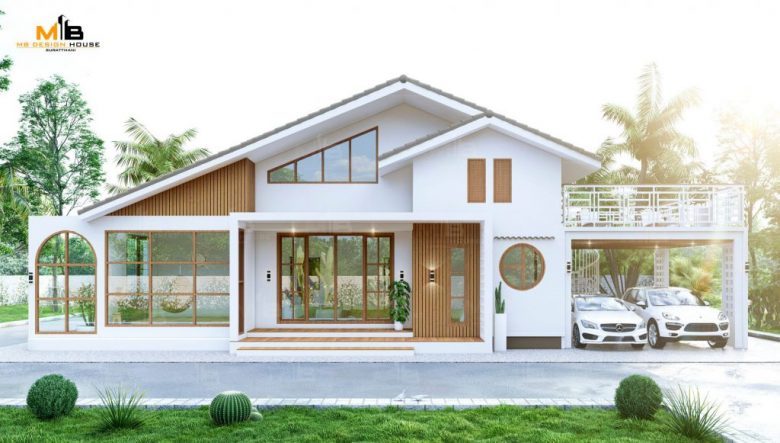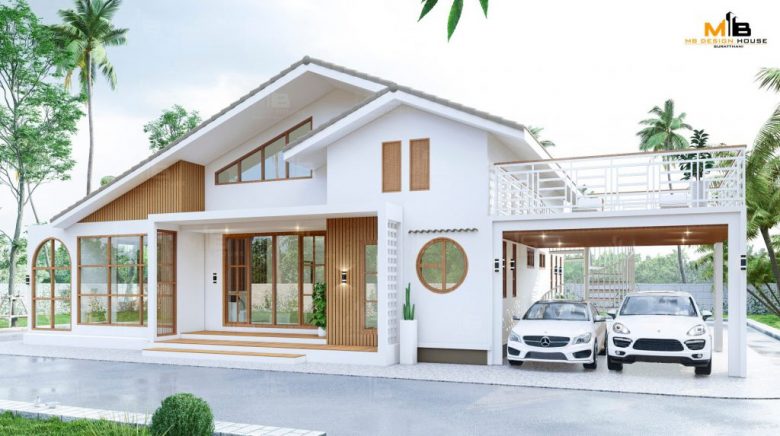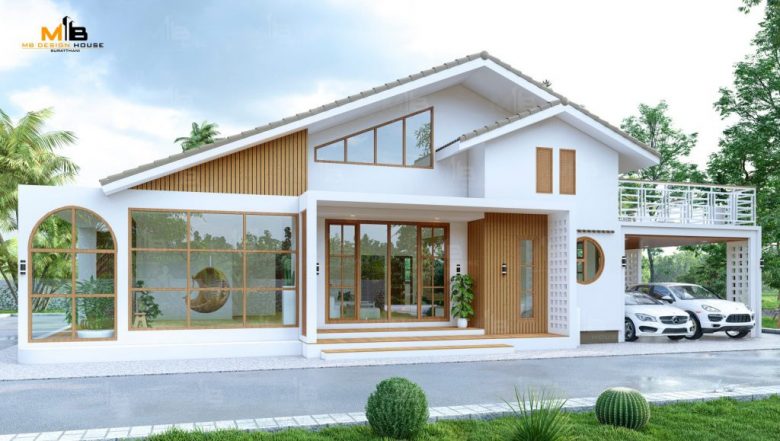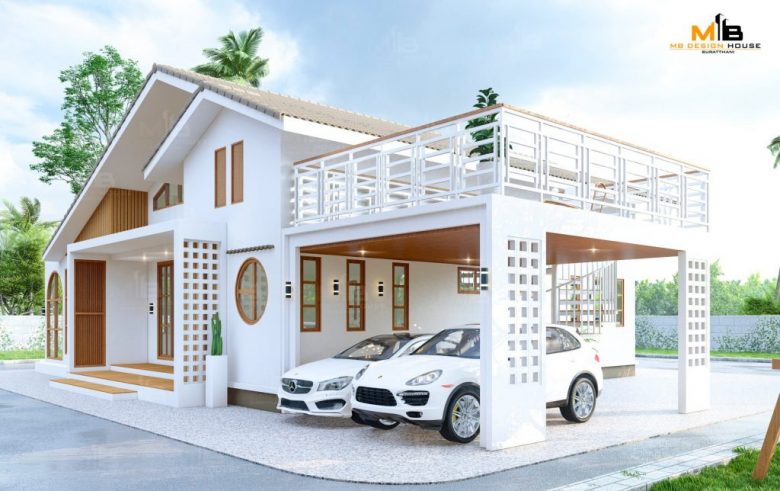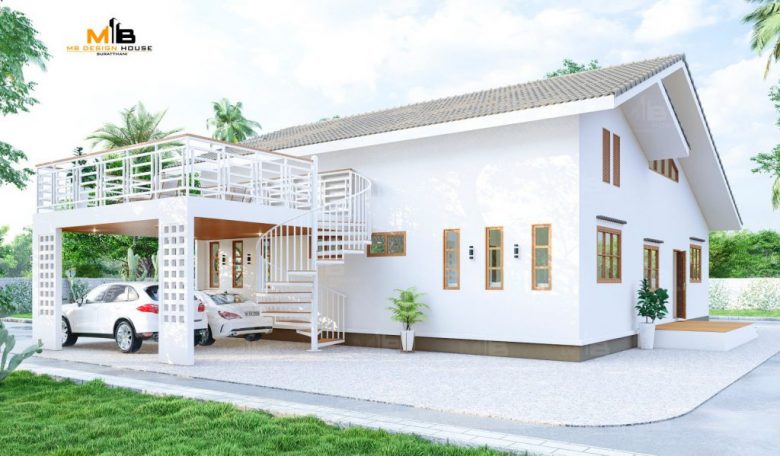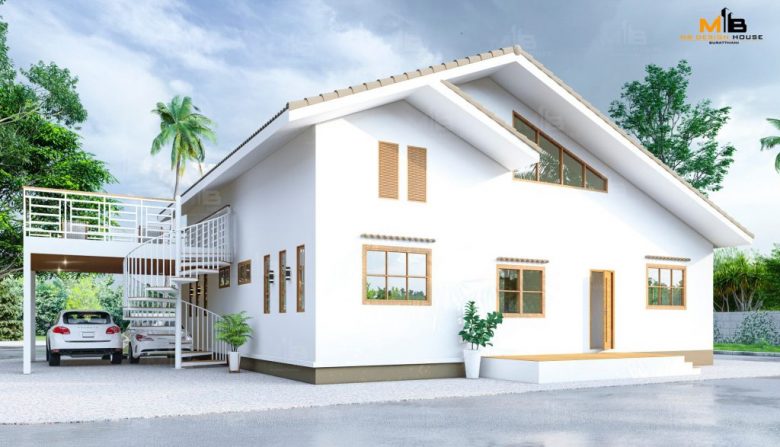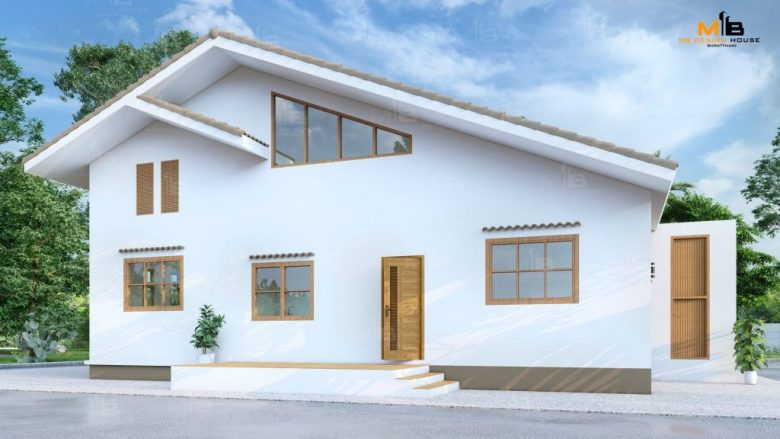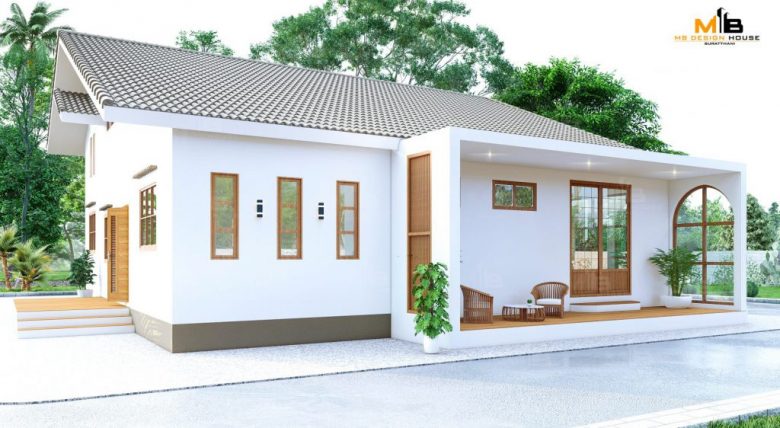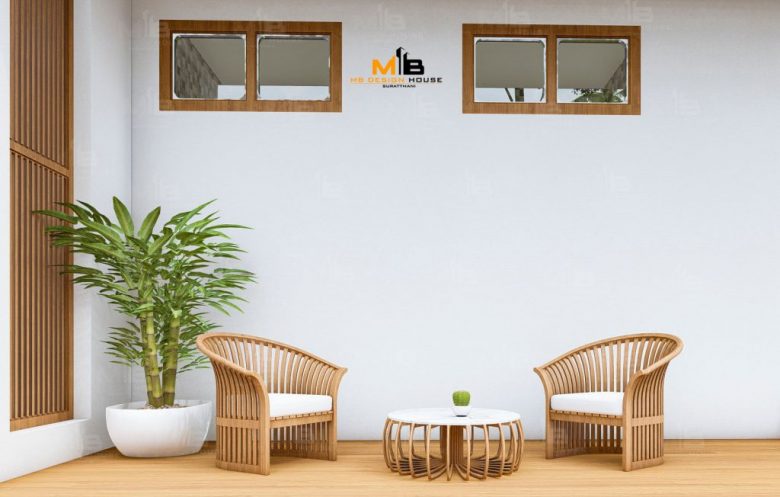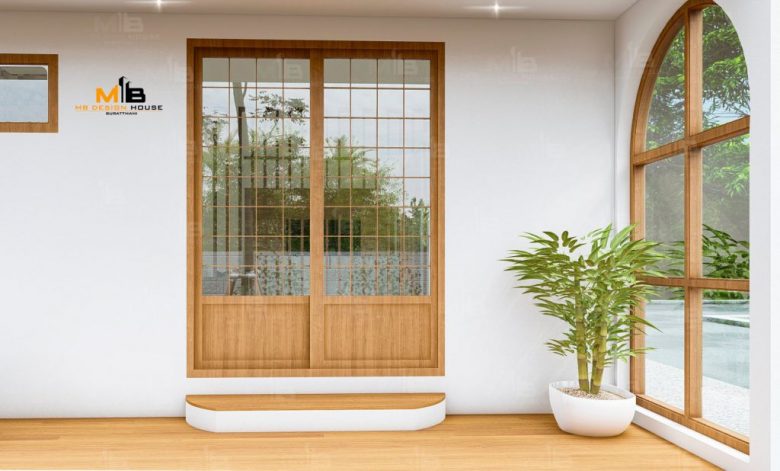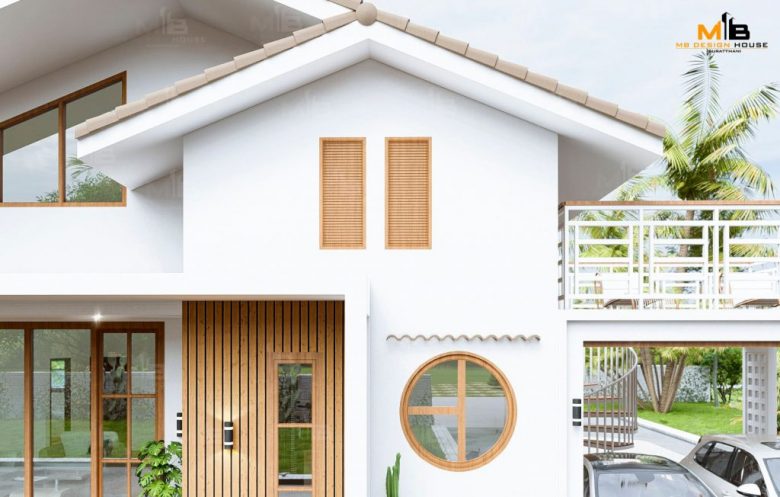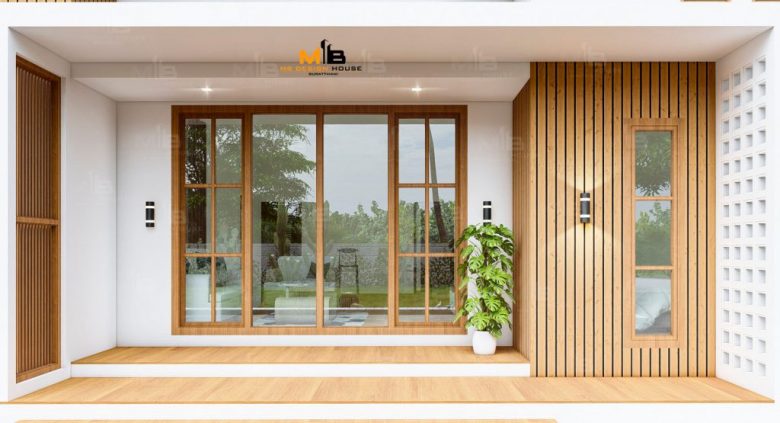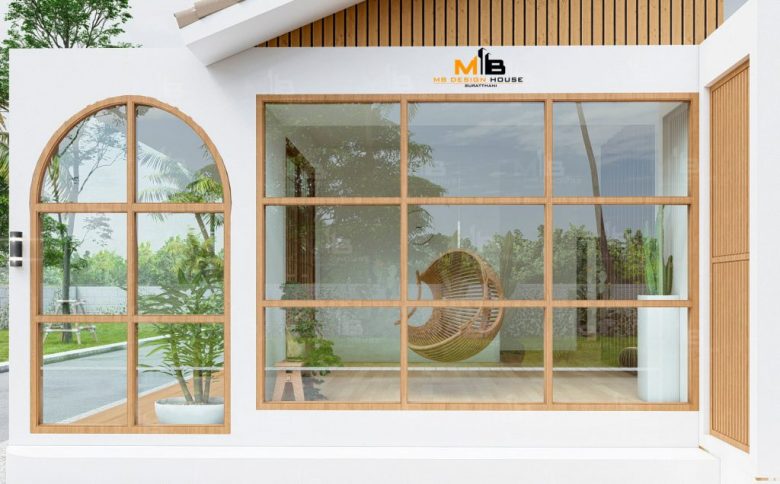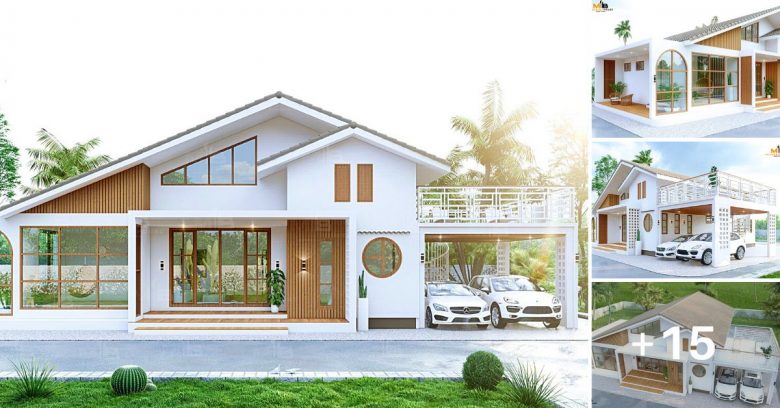
Area: 205 sq.m.
Consist: 3 bedrooms, 4 bathrooms, 2 parking spaces, roof deck
Minimalism in design is characterised by a structure reduced to its necessary elements. Identifiable by the presence of large void spaces, simple lighting and monochromatic colour schemes- particularly white.
Minimalist design was founded upon the western art-movement of minimalism which began after the Second World War. Its origin has been interpreted as a reaction against to abstraction in favour of extreme simplicity in form and function.
The basic minimalist architecture concept is to reduce the design style of a building to its essentials and remove excess. The end result would then be ceilings, floors, walls, windows, and doors devoid of any unessential extras with appreciation then focused on space and emptiness.
Before learning about famous minimalist architects and famous minimalist buildings, it is important to learn a little about the theory and philosophy of minimalist architecture.
It is not only design, but also the materials that help to achieve the concept and style of minimalist architecture. The most common material used is glass because it allows for natural light and because of its ability to expand visual openness.
Concrete is minimalist for its ability to be used as a strong structural base that needs no finish, as well as for its coolness, as opposed to artificial brightness. Steel is similar to concrete and is able to reflect light, making spaces appear more expansive.
Natural materials such as wood, stone, and brick might be able to achieve a look of minimalist simplicity depending on the design, shape, color (or lack of), and amount of repetition.
Although artificiality complicates instead of minimizing matter, synthetic materials such as plastic can imitate the look of minimalist architecture especially if they are solid shades of black, white, and gray or neutral tones of beige and brown.
.
.
.
.
.
.
.
Credit: MB Design House

